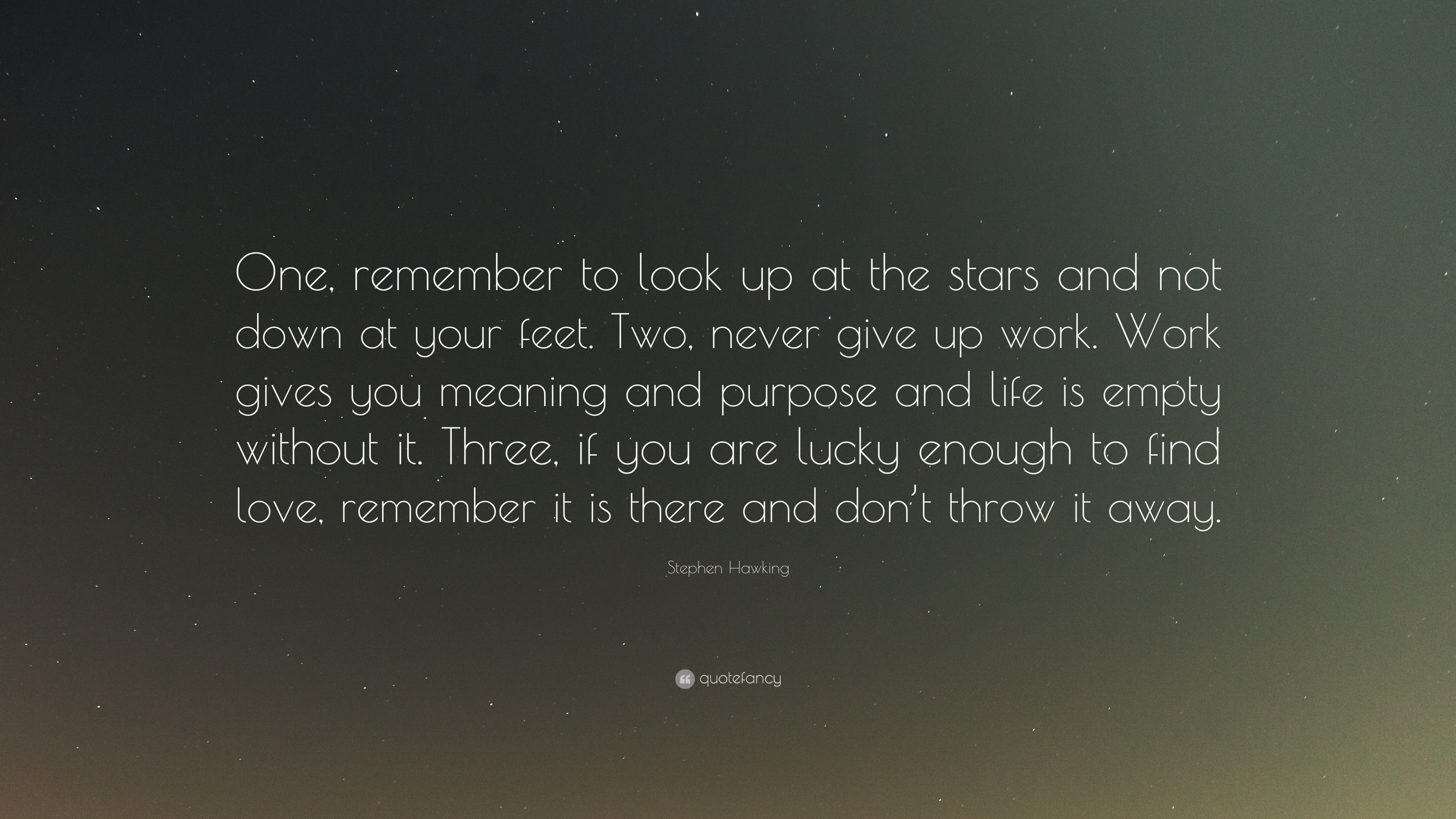

The ancient Egyptians tracked the night sky closely. This idea gets tossed around so often that many ancient Egypt fans simply accept it as true. They are hidden - one to the left and one along the bottom.Do the Egyptian pyramids line up with the stars?
Look towards the stars software#
You can adjust many settings with this software by accessing two menu bars. You can verify this by looking at the very bottom of the screen. When you first open Stellarium, it should set itself to the current day and time and location at Cedar Rapids, Iowa.

To open it, click on the magnifying glass icon on the top right of your desktop to search for applications, and type Stellarium into the dialog box that pops up, as shown below: Stellarium is an open source - which means free! - application that is available on Mac, PC, and Linux. Now you are ready to answer the questions in your lab book! Part 3: Stellarium Compare the lines of Right Ascension if you don't believe me! They are labeled in the inset image.

This picture contains the first 3 charts, and you can see how chart 1 sits 'above' charts 2 and 3. The following image shows how the 10 charts are related to each other. So when you are out star gazing, the spikey stars will be easiest to spot, which will help you navigate and find constellations. Yes, negative 26! The scale is weird, I know.īut for short hand, the Star Wheel puts spikes on the brightest stars. The brightness of a star is called its Magnitude, and the humans can see stars in general with about magnitude 6 and lower. Located at the lower left of the Star Wheel is the legend for the star labels. Note the locations of Polaris in both images, as well as the lines of Right Asension which point down towards the earth, and the lines of declination which run circles around the sky. So you have to use your mind to imagine the star wheel as a bowl over your head - where constellations near the edge are near the ground, and constellations near the center are directly overhead. The following image should help you visualize how the star wheel works - the perimeter is the entire horizon - the ground, 360 degrees around you. If you went outside and looked up right now, what constellation would be directly above you, at your zenith? Look up! That's *your* Zenith! It's relative to your location, not an absolute position. The center of this map (the map is the blue oval with the stars on it), anyway the center of the map is your Zenith! The Zenith is the point directly over your head when you look straight up. You can also plan for star gazing during the day before it gets dark, because this tool allows you to predict the future! You're a Wizard, Harry! Great for stargazing party planning.īut pay close attention! This is NOT the center of the sky! It is off-center! This is because the North Star is not directly overhead at our latitude! (Though it would be if you were at the North Pole: Quickly discuss why!) This allows you to tell which constellations have just risen, and which ones are about to set. Rotate the wheel one hour ahead, and one hour behind the current time, and notice how as you rotate, today's date slides across the time ring, and all the stars rotate around the North Star (the rivet)! The "North Star", Polaris, is located where the rivet that holds the two rings together is. Congratulations, you have set the star wheel to show you what the sky looks like right now! Take a moment to look at the constellations that are currently visible.


 0 kommentar(er)
0 kommentar(er)
